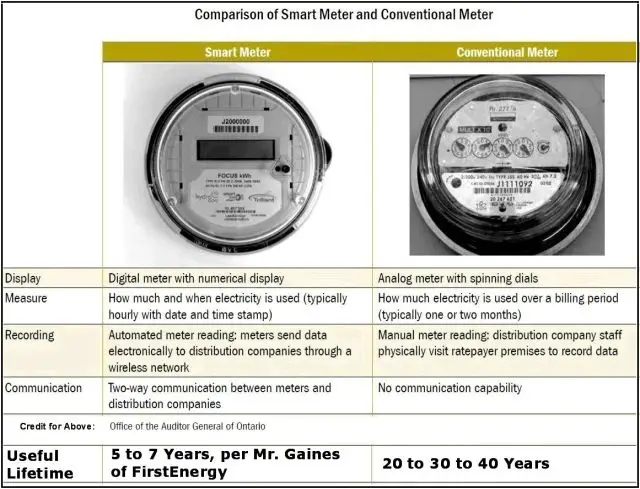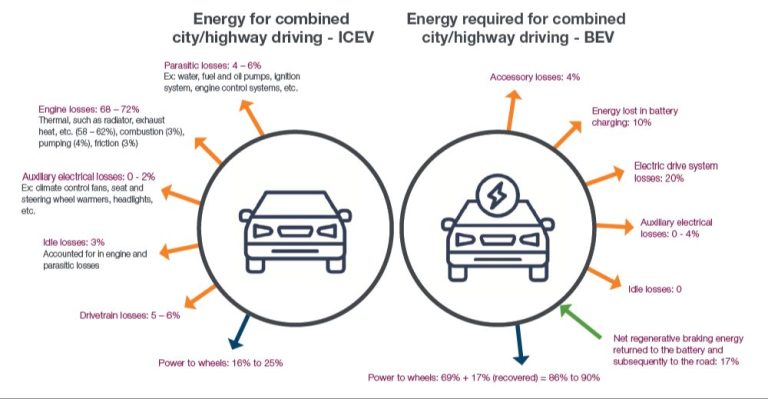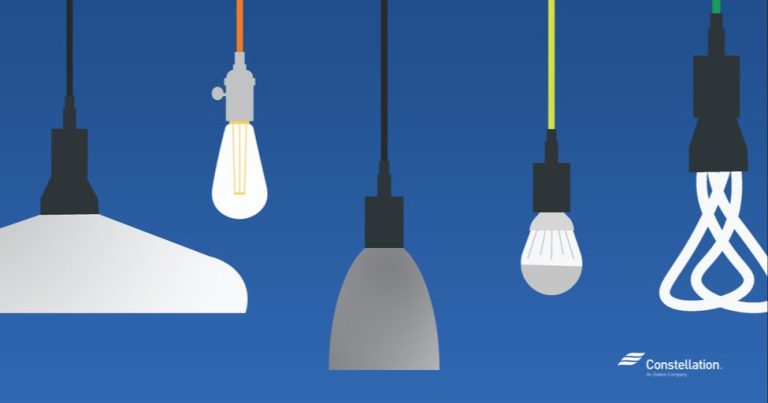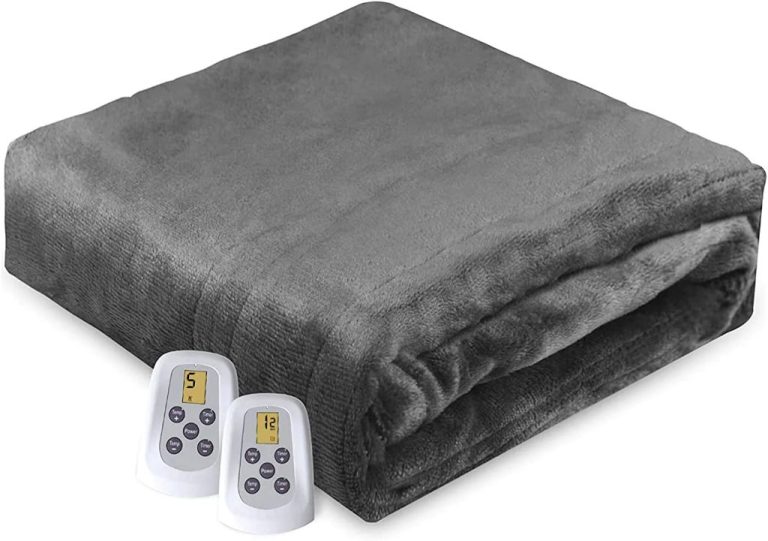How To Get Form 5695 Turbotax?
What is Form 5695?
Form 5695 is the official IRS form used to claim the Residential Energy Credits on your tax return. As described on the IRS website, Form 5695 allows you to claim tax credits for making energy efficient improvements to your home, such as installing solar panels or energy efficient windows and doors.
Specifically, Form 5695 is used to claim two types of tax credits:
- The Nonbusiness Energy Property Credit – for making energy efficient improvements to your main home in the United States.
- The Residential Energy Efficient Property Credit – for installing certain high-efficiency home systems like solar electric systems, solar hot water heaters, geothermal heat pumps, and fuel cell property.
So in summary, Form 5695 is the official IRS tax form used by homeowners to claim tax credits and deductions for installing qualifying energy efficient systems and making other green improvements to their main home.
Who Can Claim the Residential Energy Credit?
The residential energy credit on Form 5695 can be claimed by two main groups:
Homeowners who made eligible improvements to existing homes can claim credits for installing certain energy efficient home improvements between January 1, 2023 and December 31, 2023. Improvements made in previous years may also qualify for carryover credits. See IRS Form 5695 instructions for details on eligible improvements and credit limitations.1
Builders who constructed energy efficient new homes may be able to claim a credit for each qualified new home sold after December 31, 2022. The new home must meet certain energy saving requirements outlined by the IRS such as achieving a 30% or 50% energy usage reduction compared to a reference home. See the Form 5695 instructions for additional criteria.1
So in summary, the main groups who can claim the residential energy credit on Form 5695 are existing homeowners who made eligible upgrades as well as home builders who constructed high efficiency new homes in 2023.
What Home Improvements Qualify for the Credit?
To qualify for the residential energy credit, you must make qualifying energy efficiency improvements to your main home located in the United States. The most common home improvements that qualify include:
- Installing solar panels, solar water heaters, geothermal heat pumps, small wind turbines, and fuel cells (IRS Source)
- Upgrading to energy efficient windows, doors, roofs, insulation, and HVAC (heating, ventilation, and air conditioning) systems (IRS Instructions)
The energy efficient property must meet specific technical requirements outlined by the IRS to qualify. For example, windows must have a U-factor and SHGC that meets or exceeds the IRS ratings. Refer to the IRS instructions for Form 5695 for the detailed technical specifications.
It’s important to review the qualifications carefully, maintain proper documentation, and only claim improvements that meet the IRS guidelines. Consulting with a tax professional can help ensure you accurately claim all eligible energy efficiency expenses.
How Much Can You Claim with Form 5695?
The amount of credit you can claim on Form 5695 depends on the type of home energy improvements made. There are two categories of credits:
For solar electric generation and solar water heating property installations, the credit amount is equal to 30% of the cost, with no upper limit. This includes the cost of equipment and labor for qualifying solar systems installed on your main or second home.
For other types of energy efficient improvements like windows, doors, insulation, heat pumps, furnaces, and roofing, the lifetime credit limit is capped at $500. Items in this category qualify for a 10% credit. According to the IRS Form 5695 instructions, the $500 cap applies to costs aggregated over the lifetime of the credit across all tax years.
So in summary:
- Solar installations: 30% credit on total costs, no upper limit
- Other improvements: 10% credit capped at $500 lifetime
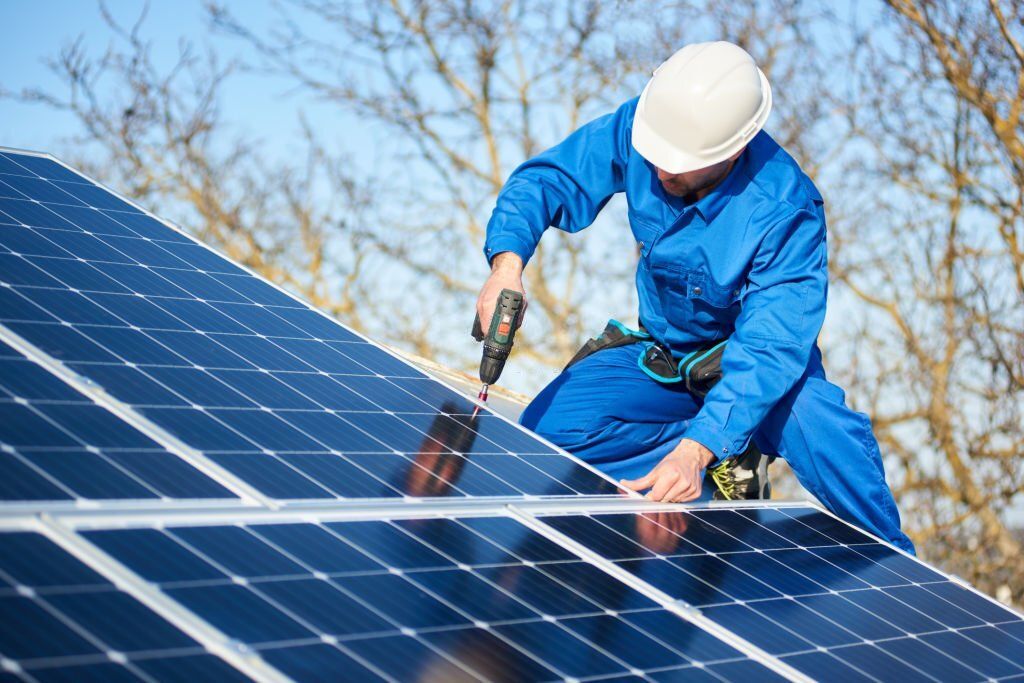
It’s important to note that the credits are nonrefundable, meaning they can reduce your tax liability to zero but you won’t get a refund on any unused portion. However, unused credits can be carried forward to future tax years.
For details on qualifying costs and improvements, refer to IRS Form 5695 Instructions.
Gathering the Required Information
To claim the residential energy credit on Form 5695, you’ll need to gather receipts and other documentation for any eligible home improvements you made. The key required documents are:
- Receipts for all eligible improvement costs – You’ll need detailed receipts showing the amount paid for energy efficient windows, insulation, doors, roofing, heating and cooling equipment, and other qualified improvements. The receipts should include the purchase date, amount paid, and detail on exactly what was purchased.
- Manufacturer certifications for energy efficient products – For certain improvements like windows, doors, insulation, and HVAC equipment, you’ll need a manufacturer’s certification stating that the product meets required energy efficiency criteria. The certification typically comes with the product paperwork.
It’s important to maintain thorough records on all home improvements that might qualify for the credit. The IRS instructions for Form 5695 provide details on the required documentation. Keep copies of all relevant receipts and certifications so you’ll have the necessary paperwork to attach to your return.
Filling Out Form 5695
To fill out Form 5695, follow these steps:
In Part I, provide information on each home improvement or installation that qualifies for the residential energy credit:
- Enter the year the improvement was installed in column A
- Provide a description of the improvement in column B
- Enter the amount you paid for the improvement (just for that year) in column C
If you made multiple qualifying improvements in a year, complete a separate line for each.
In Part II, calculate the actual credit amounts:
- For each year, multiply the amount in column C by the percentage in column D. This gives you the tentative credit amount for that improvement.
- Add up the tentative amounts for each year to determine the total tentative credit.
- Compare the total tentative credit to the maximum credit allowed for the lifetime of the home.
- Enter the smaller of these two amounts on line 18. This is your residential energy efficient property credit for the year.
See the Form 5695 instructions for details on allowable percentages and maximum lifetime credits.
Adding Form 5695 in TurboTax
Once you’ve completed Form 5695 on paper, you’re ready to add it to your TurboTax return. Here’s how:
1. Select the Forms tab within TurboTax and search for “5695” [1].
2. TurboTax will display Form 5695. Click “Add” to open the form.
3. Enter all the information from your completed paper Form 5695 into the TurboTax form. This includes figures like your qualifying home improvements, eligible credits, and any carryovers from previous years.
4. Once you’ve entered all the data, click “Continue” at the bottom to return to the main Forms section. Form 5695 will now show as added to your return.
Following these steps correctly will ensure Form 5695 and your residential energy credits are accurately calculated in Turbotax. The software will automatically carry over any unused credits to the following year’s return as well.
Including Form 5695 with Your Tax Return
Form 5695 must be included when you file your tax return in order for you to claim the residential energy credit. According to the IRS instructions for Form 5695 (https://www.irs.gov/pub/irs-pdf/f5695.pdf), “Attach Form 5695 to your income tax return.” Failing to include Form 5695 will mean you miss out on the tax credit.
When you include Form 5695 with your return, it reduces your total tax liability for the year. The amount from line 19 of Form 5695 gets entered on Schedule 3 (line 6), reducing your total tax. As the TurboTax article explains (https://turbotax.intuit.com/tax-tips/going-green/what-is-the-irs-form-5695/L9D6ARQ0p), including Form 5695 allows you to lower your tax bill in the year you made the qualifying energy-efficient home improvements.
So the key takeaways are that Form 5695 must be attached to your return in order to claim the credit, and it will reduce the amount of tax you owe for the year by the amount shown on line 19. Follow the instructions carefully to ensure Form 5695 is properly included.
Carrying Forward Unused Credits
If your credits from Form 5695 exceed your tax liability for the year, you can carry forward the unused portion of the credit to later tax years. According to the IRS instructions, there is no limit on the number of years you can carry forward the unused residential energy credits.
To claim the carryover credits, you must file Form 5695 each year you are carrying over unused credits. The carryover credit is entered on line 12 of Form 5695. Keep track of your unused credits to enter the correct amount each year on your tax return.
For example, if you claimed $3,000 in credits on your 2022 taxes but only owed $2,000 in tax, you could carry the extra $1,000 over to your 2023 taxes. You would file Form 5695 for 2023, enter $1,000 on line 12, and claim that $1,000 credit for 2023.
According to TurboTax’s guide on Form 5695 carryovers, there is no limit on how many years you can continue carrying forward the unused credits. The credits can provide tax savings for many years into the future.
Getting Help with Form 5695
If you need assistance completing Form 5695 or have additional questions, you may want to consult a tax professional. Hiring an accountant or tax preparer can help ensure you maximize eligible credits and properly file the form.
You can also contact the IRS directly for guidance on Form 5695. The IRS help line number is 800-829-1040. IRS agents can answer questions about form requirements, eligible credits, and anything else related to properly filing Form 5695.
The IRS website also contains various publications that explain the residential energy credits in detail. Publication 530 goes over the requirements for the nonbusiness energy property credit. IRS Notice 2023-36 provides an overview of the residential energy efficient property credit. Referencing these publications can provide additional clarity on qualifying expenses.
With some assistance from tax experts and IRS guidance, you can properly claim all eligible residential energy credits using Form 5695. Reaching out for help ensures you take advantage of these substantial tax savings.


